The classic nursery rhymes listed below have been around for hundreds of years. We all have memories of reciting them as children, but few know the surprising true stories behind many of our favorite tales.
Of course, it makes sense that the poems that we've shared with each other for centuries might have some hidden meaning we don't pick up on as kids. At the same time, hearing the truth behind them will definitely make you wonder why they were so common for us to learn at such a young age!
I can remember saying all of these with my friends when I was growing up, but never once thought about how bizarre the stories behind them would be.
Take a look to see the strange truth behind some of your favorite nursery rhymes and you'll never see them the same way again.
And don't forget to SHARE the fascinating look back the childhood poems with your friends on Facebook!
Thumbnail Photos: Wikimedia Commons / Project Gutenberg // Flickr / Arallyn!
1. "Mary, Mary, Quite Contrary"
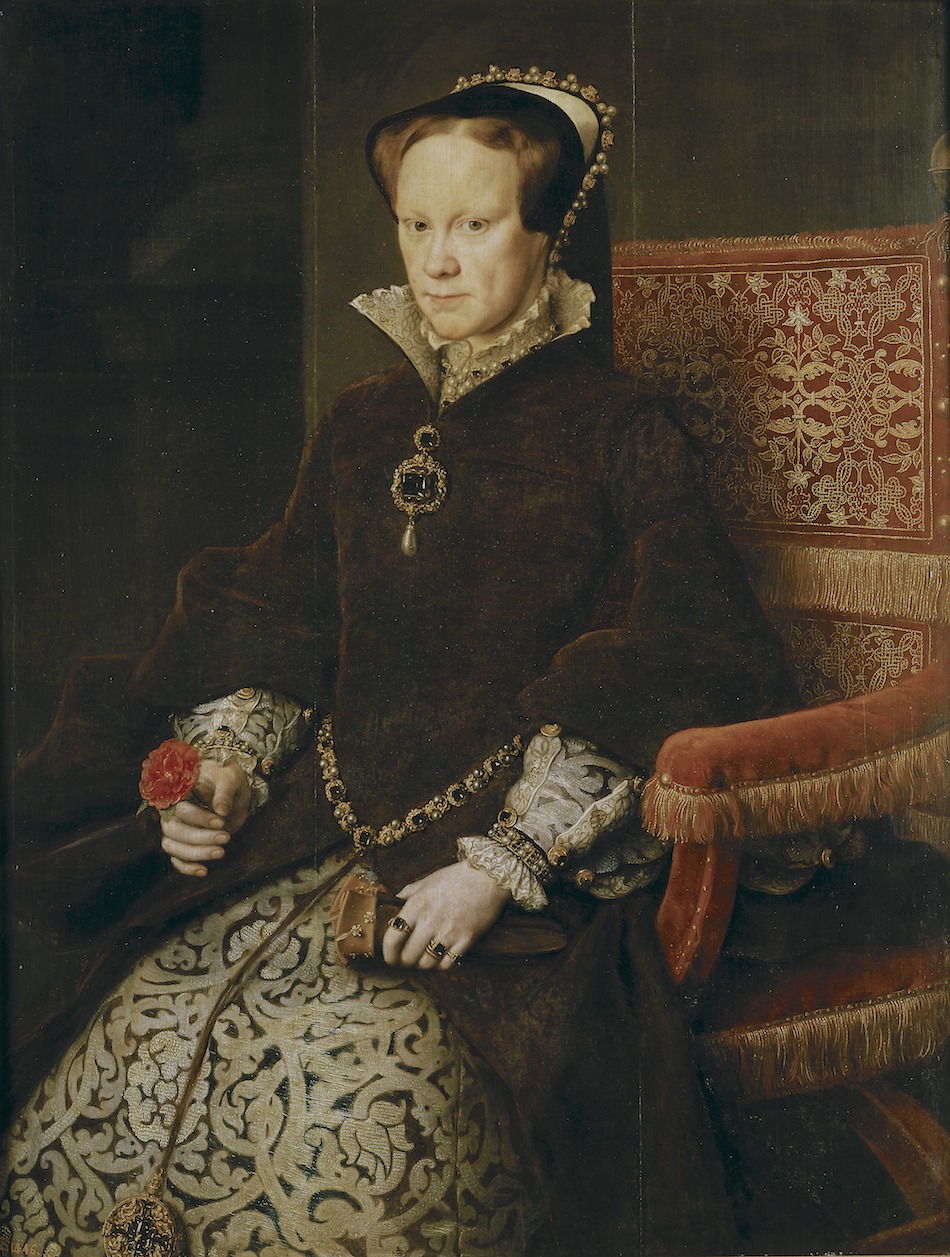
Mary, Mary, quite contrary,
How does your garden grow?
With silver bells, and cockle shells,
And pretty maids all in a row.
Interpretations have identified the contrary Mary as Mary I of England — also known as “Bloody Mary” for her persecution of Protestants.
Although her garden sounds lovely in the rhyme, the "silver bells" and "cockle shells" are believed to actually refer to torture devices. The "maids" are seen as a reference to the early guillotines, which went by "maidens."
2. "Three Blind Mice"
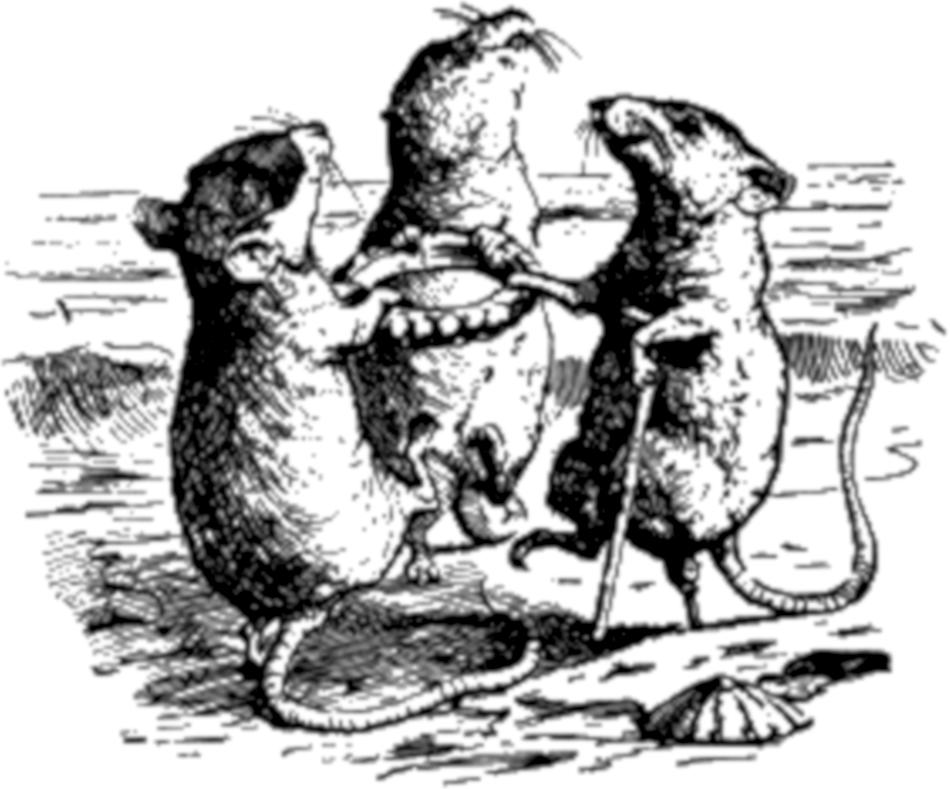
Three blind mice. Three blind mice.
See how they run. See how they run.
They all ran after the farmer’s wife,
Who cut off their tails with a carving knife,
Did you ever see such a sight in your life,
As three blind mice?
This is another one that might be inspired by Mary’s awful deeds. The mice are believed to be the Protestant loyalists she uncovered and sentenced to death.
3. "Here We Go Round The Mulberry Bush"

Here we go round the mulberry bush,
The mulberry bush,
The mulberry bush.
Here we go round the mulberry bush
On a cold and frosty morning.
According to reports from the BBC, the origin of this rhyme goes back to the female inmates at Wakefield Prison in England who would get their exercise by marching around a mulberry bush.
4. "London Bridge Is Falling Down"

London Bridge is falling down,
Falling down, falling down.
London Bridge is falling down,
My fair lady.
One of the several rumored meanings around this classic rhyme includes an attack by Viking King Olaf II of Norway bringing the bridge down during a raid sometime around 1009 or 1014.
5. "Rub-A-Dub-Dub"

Hey! Rub-a-dub, ho! Rub-a-dub, three maids in a tub,
And who do you think were there?
The butcher, the baker, the candlestick-maker,
And all of them gone to the fair.
You might have heard the version with the three men sitting inside the tub instead, but NPR spoke with an expert who shed light on the more scandalous origins.
Apparently, the rhyme is referencing how so-called respectable tradesmen would be guilty of taking a peek at peep shows with scantily clad women.
6. "Goosey Goosey Gander"
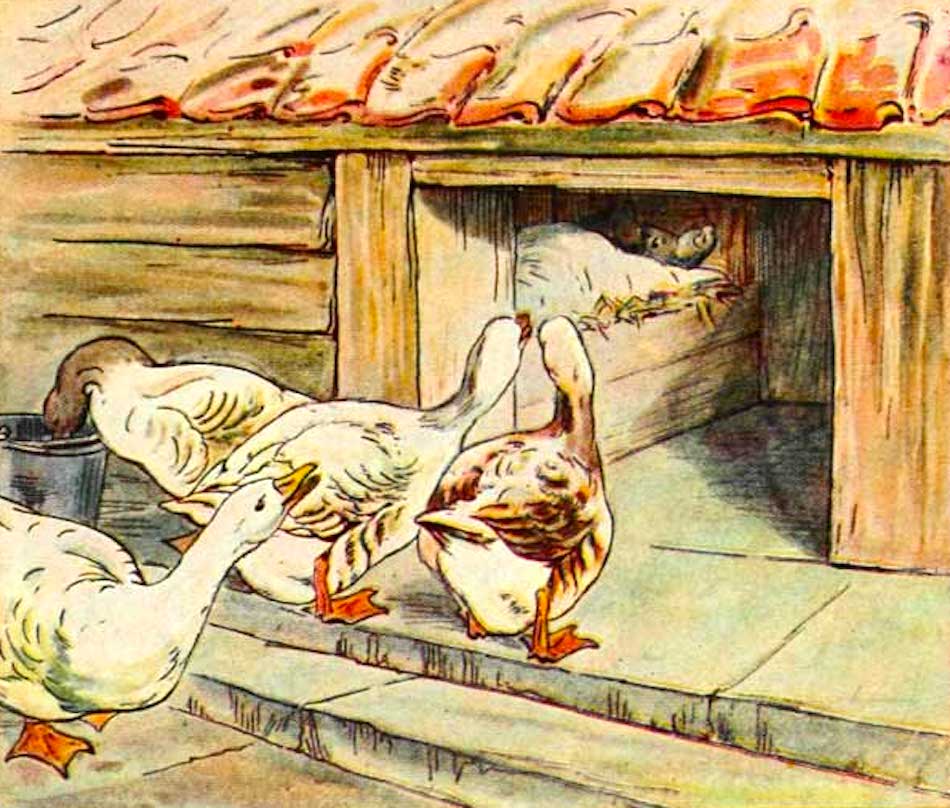
Goosey goosey gander,
Whither shall I wander?
Upstairs and downstairs
And in my lady’s chamber.
There I met an old man
Who wouldn’t say his prayers,
So I took him by his left leg
And threw him down the stairs.
This is another one that folks believe dates back to the British struggle between Catholics and Protestants. In this instance, the “goosey” is referring to the Catholic priests who went into hiding to “say his prayers” — only to be found out and treated poorly, as the rhyme suggests.
7. "Rock-A-Bye Baby"
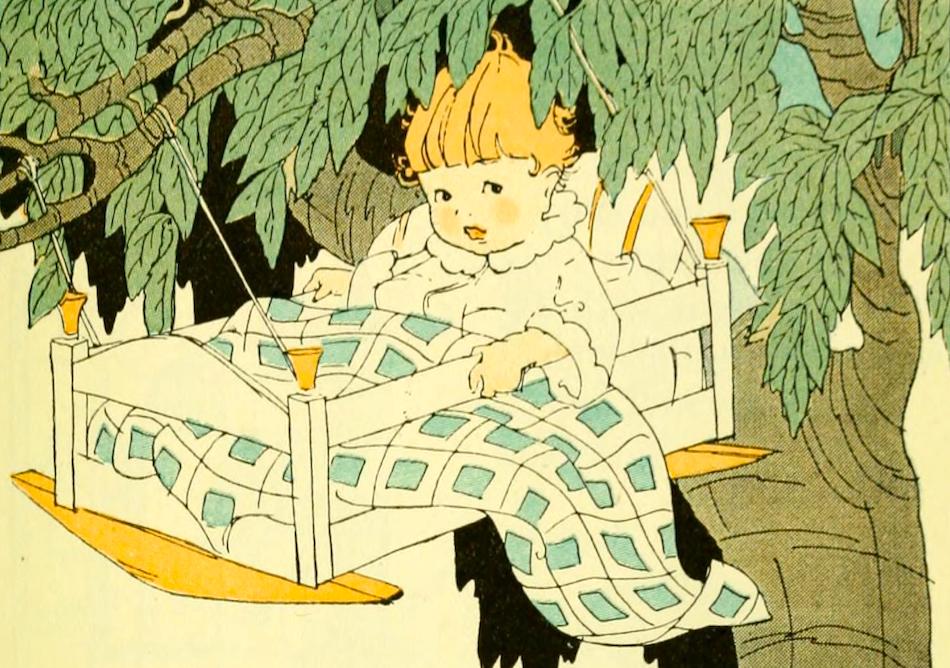
Rock-a-bye baby, on the treetop,
When the wind blows, the cradle will rock,
When the bough breaks, the cradle will fall,
And down will come baby, cradle and all.
Some interpretations believe the rhyme is a reference to King James II’s first son with his second wife. Rumors around the birth claimed the royal family staged the whole thing with a baby who wasn’t actually theirs in order to produce a Catholic male heir.
The "wind" then refers to the Protestant uprising that was eventually led by James' daughter marrying William of Orange.
8. "Jack And Jill"
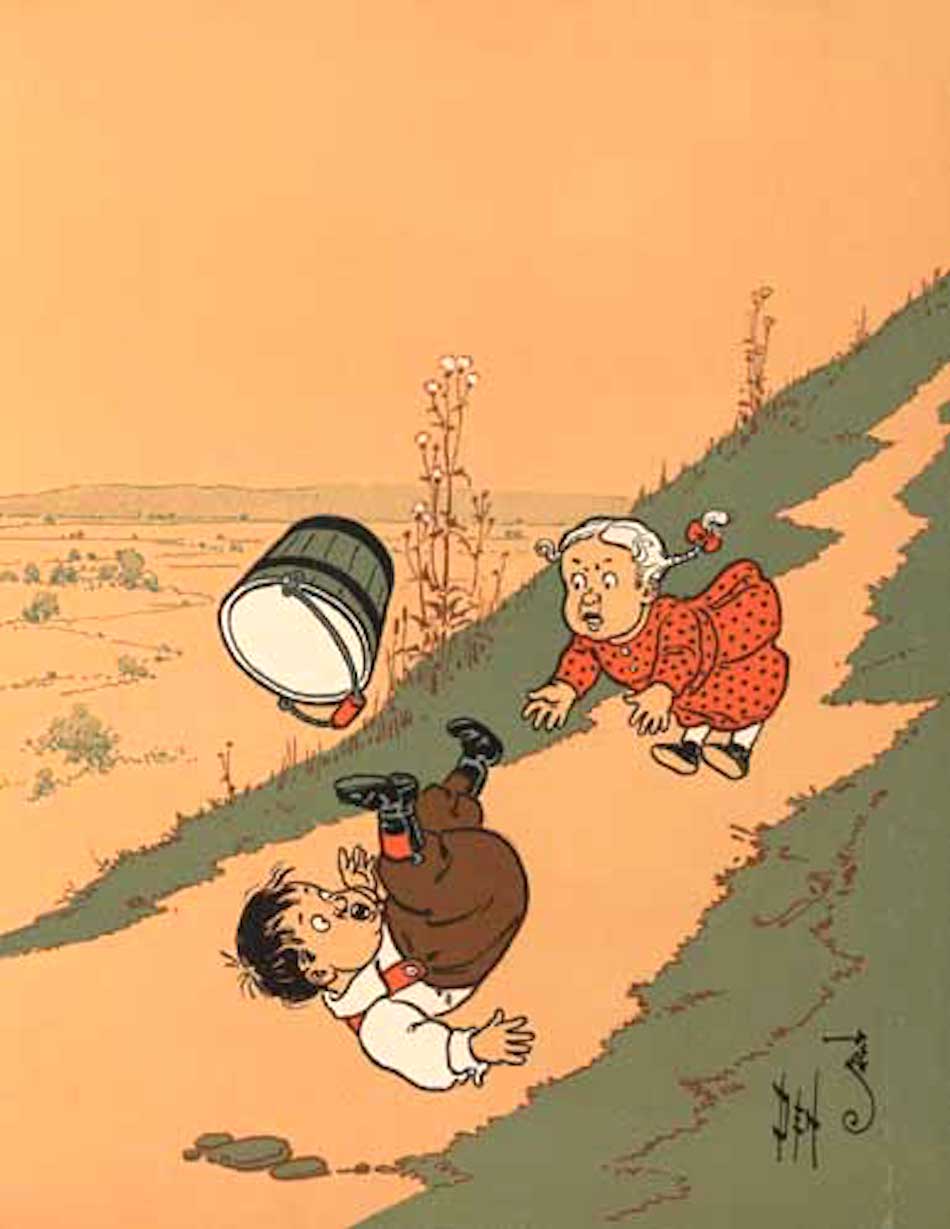
Jack and Jill went up the hill
To fetch a pail of water
Jack fell down and broke his crown,
And Jill came tumbling after.
This time the royal link is to the French rather than the British monarchy. Some believe this references Louis XVI’s execution (“broke his crown”) as Jack and Marie Antoinette as Jill (“came tumbling after”).
9. "Georgie Porgie"
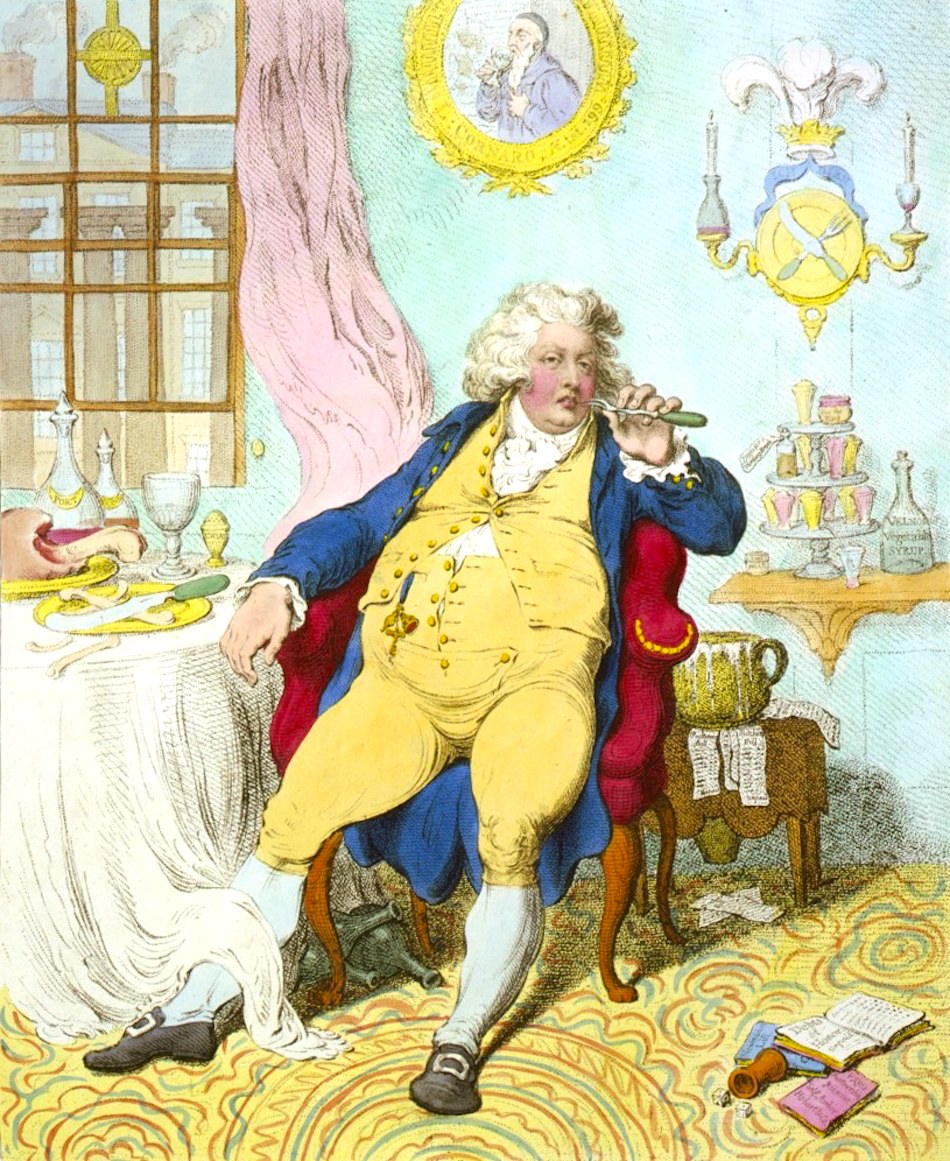
Georgie Porgie, pudding and pie,
Kissed the girls and made them cry,
When the boys came out to play,
Georgie Porgie ran away.
The “Georgie” in question is thought by many to refer to George IV of England. He was known for being quite a large man, as you can see from the political cartoon above.
He also had a reputation for cheating on his wife, fathering illegitimate children, and even marrying a second "unofficial wife."
10. "Pop Goes The Weasel"

Half a pound of tuppenny rice,
Half a pound of treacle.
That’s the way the money goes,
Pop! goes the weasel.
American versions tend to combine the “mulberry bush” since we wouldn’t know the difference between a tuppenny or treacle.
In the original version, however, the "weasel" in question was likely the subject's coat, which they would pawn in order to simply afford the food mentioned in the rhyme.
11. "Baa Baa Black Sheep"
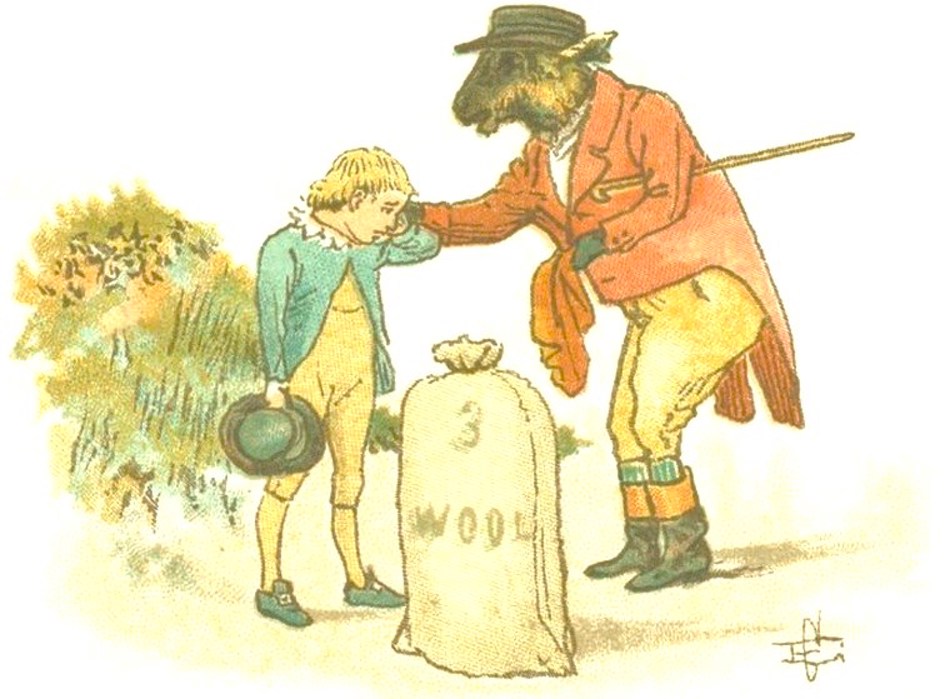
Bah, Bah, a black Sheep,
Have you any Wool?
Yes merry I Have,
Three Bags full,
Two for my Master,
One for my Dame,
None for the Little Boy
That cries in the lane.
You might think that’s written out wrong, but the little boy got bupkis in the original version of the rhyme, which was probably a reference to the hefty tax on wool leaving shepherds penniless.
Were you shocked by the truth behind these classic nursery rhymes?
Be sure to SHARE the fascinating info with your friends on Facebook!




